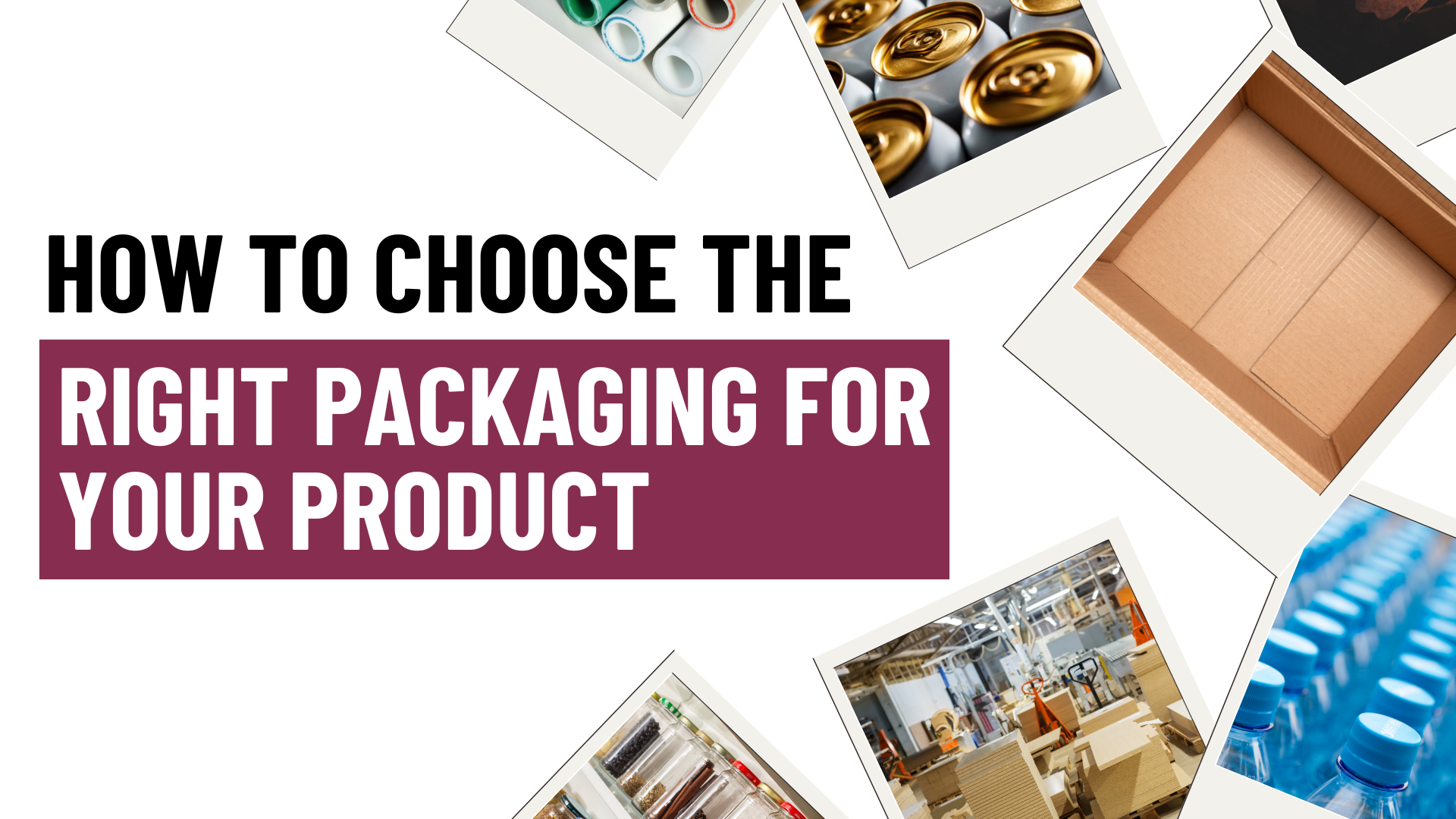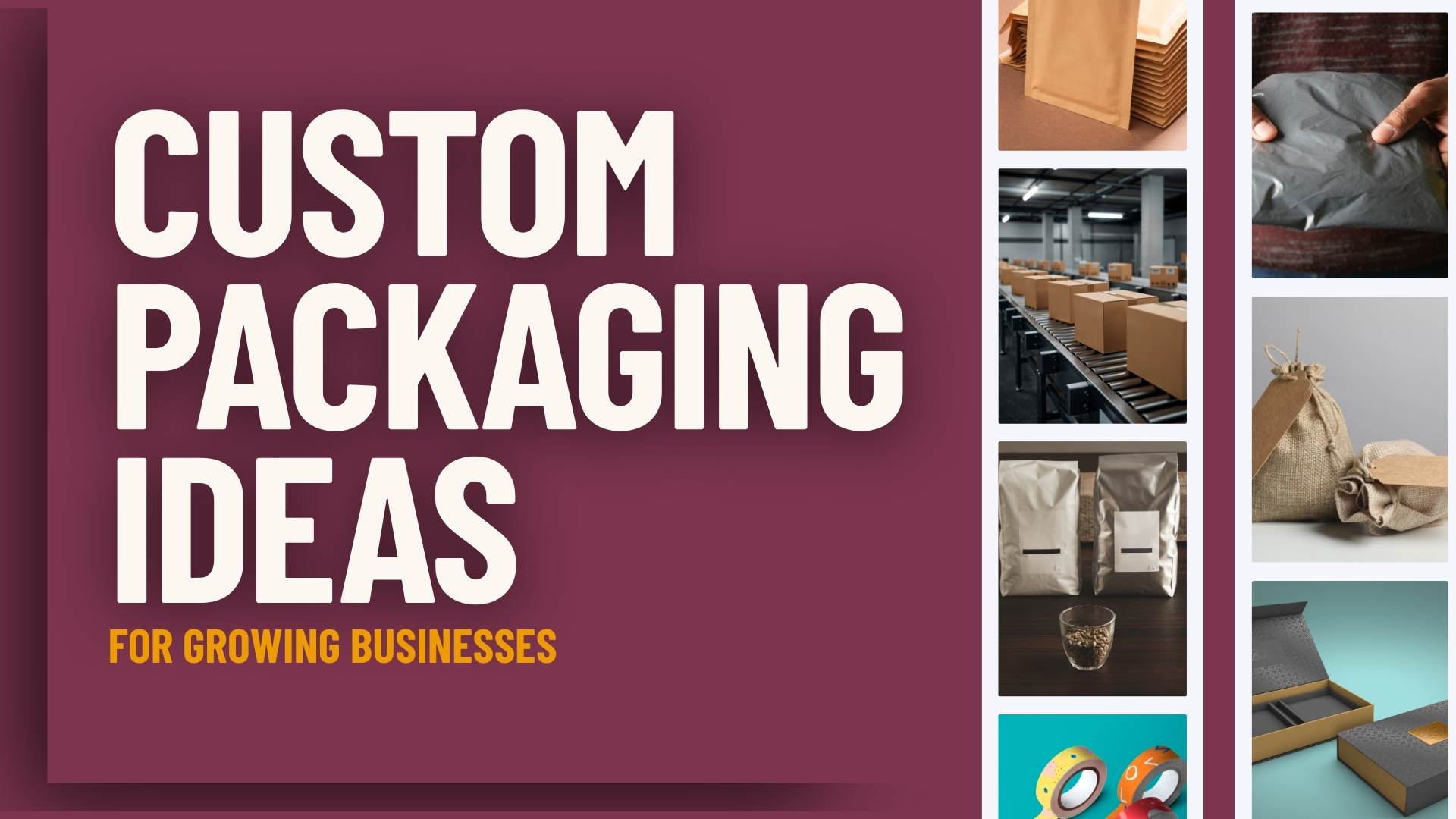Knowing how to choose packaging that works for both retailers and customers can make or break your product’s success.
Retailers want packaging that’s easy to stock and store, while customers are drawn to designs that feel thoughtful, premium, or just plain useful. If the packaging doesn’t meet both needs, it can hold your product back, no matter how great it is.
The challenge? Striking the right balance between function and appeal. Retailers care about size, durability, and how easily it fits into their shelves or displays.
Customers, on the other hand, judge quickly—based on looks, feel, and ease of use. That means your packaging needs to do double duty.
In fact, 77% of British consumers prefer products packaged in sustainable materials like cardboard or cartonboard over plastic, highlighting the importance of eco-friendly packaging choices.
Moreover, across Europe’s major markets—France, Germany, Italy, and the UK—two-thirds of consumers are willing to pay more for products if they are sustainably produced, indicating a strong consumer focus on sustainability.
So, we’ll break down what retailers and customers actually look for—and how to choose packaging that works for both.
Types of Product Packaging and Materials
When packaging a product, it’s important to know there are different layers, and each one serves a unique purpose. These are the main types of packaging and the materials typically used for each:
1. Primary Packaging
This is the first layer that directly touches the product. It protects the product and presents it to the customer.
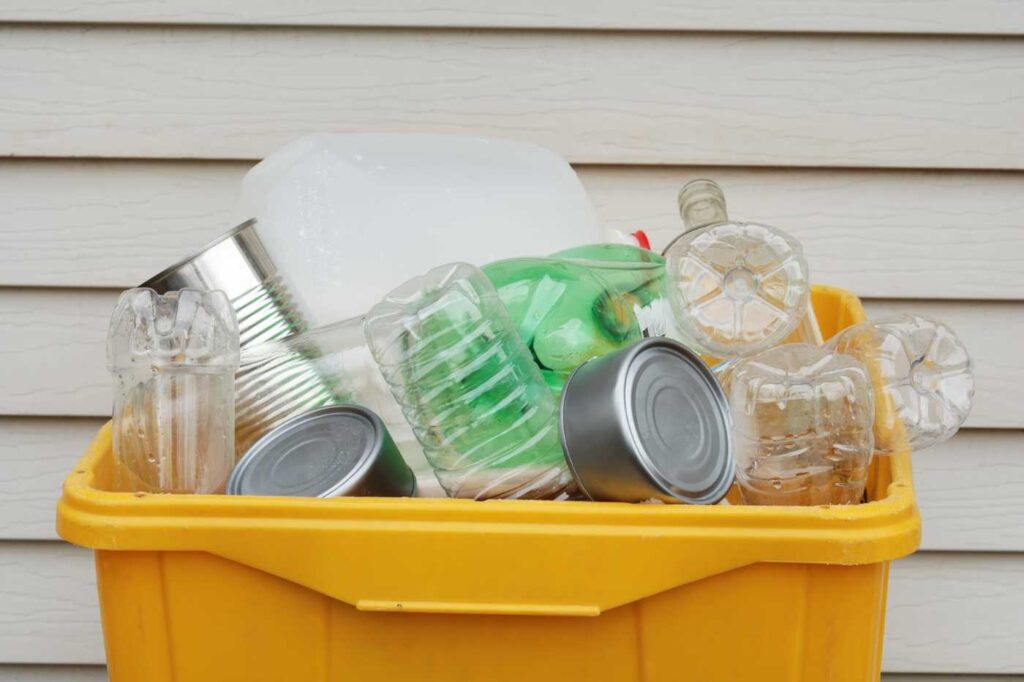
Examples: Bottles, cans, pouches, blister packs, jars.
Common materials:
- Plastic – for bottles, tubs, and flexible pouches.
- Glass – for jars and bottles (especially food and cosmetics).
- Metal – for cans or tubes.
- Paperboard or foil – for cartons and wraps (used in foods and pharmaceuticals).
2. Secondary Packaging
This groups together primary units for easier handling, stocking, or branding display.
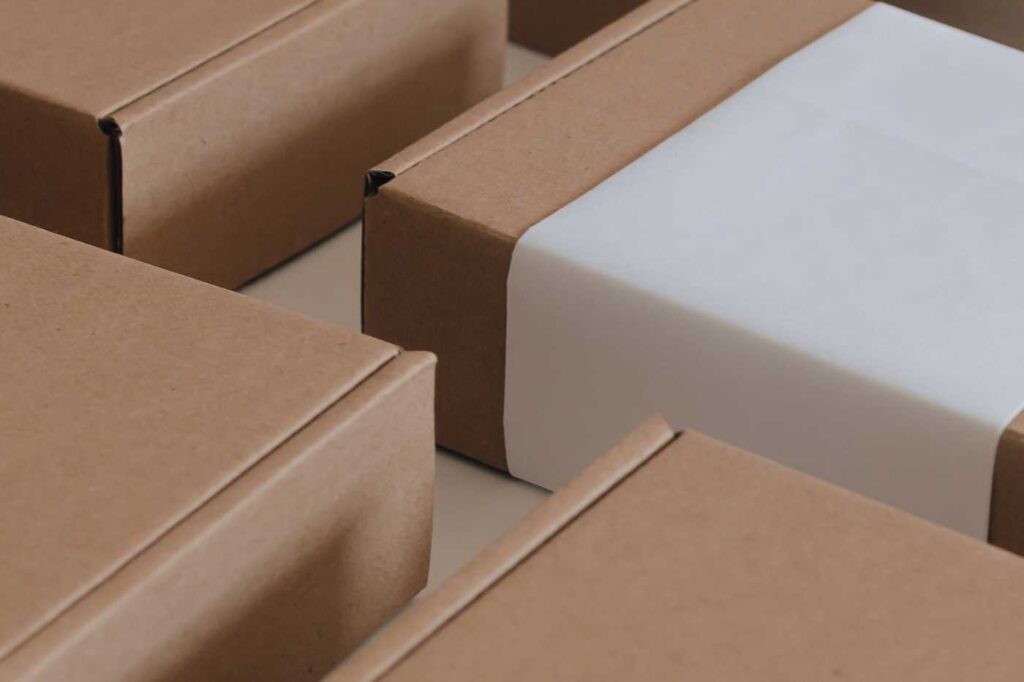
Examples: Cardboard boxes, cartons, shrink wraps, display trays.
Common materials:
- Corrugated cardboard is sturdy and widely used for boxes.
- Paperboard – for branded cartons.
- Plastic shrink film – for bundling items.
- Moulded pulp or trays – for cushioning and presentation.
3. Tertiary Packaging
This is used for bulk storage and shipping. It ensures products stay safe during transport and warehousing.
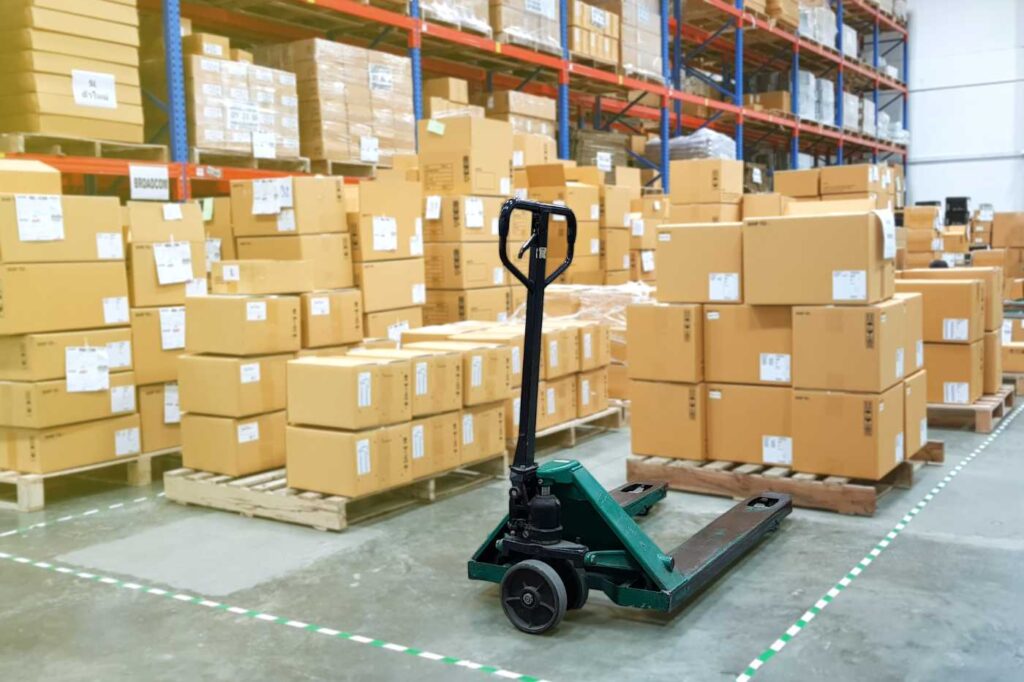
Examples: Pallets, stretch wrap, large corrugated boxes.
Common materials:
- Wood – for pallets.
- Plastic – for stretch wrap and straps.
- Corrugated fiberboard – for large boxes and liners.
- Foam inserts – for added protection during shipping.
4. Ancillary Packaging
These are the extras that support the packaging process. They hold things together, label items, and help seal or protect the product.

Examples: Labels, adhesives, tapes, closures, straps.
Common materials:
- Pressure-sensitive paper or plastic – for labels.
- Hot melt or water-based adhesives – for sealing.
- Plastic or metal – for clips, ties, and straps.
- Inks and coatings – for branding and protection.
How to Choose the Right Packaging for Your Product
1. Get to Know Your Product First
Before you even think about what type of packaging to choose, take a moment to really understand your product. Is it fragile, like glass or electronics? Or perhaps it’s something perishable, such as food or skincare? The nature of your product will play a big role in determining the type of protection it requires.
For example, fragile items may require thicker, more durable materials, while perishable products could need temperature-controlled packaging.
Next up, assess the size, shape, and weight of your product. Are you dealing with something large or oddly shaped that needs a custom box? Or is it small and compact, meaning you can go with a standard-sized package?
Consider how your product will fit within the packaging, as well as how it will be stored and shipped. You don’t want to choose packaging that wastes space or unnecessarily increases shipping costs.
Special considerations for sensitive or unique items:
- Temperature control for food, cosmetics, or pharmaceuticals.
- Protection from light for products like vitamins, skincare, or certain electronics.
- Airtight packaging to preserve freshness or prevent contamination.
- Packaging with added security for high-value or fragile items.
2. Know Your Customers’ Preferences
Now, let’s talk about your customers. It’s important to think about what your target audience is looking for in their packaging experience. Do they care more about function or aesthetics?
If your customers expect an unboxing experience, you might want to invest in something that’s not just protective but also visually appealing. You need to understand what matters to them, so you’re not guessing when it’s time to choose packaging.
Of course, eco-friendly options are huge right now. Consumers are becoming more conscious of their environmental impact, and if you can offer packaging that’s recyclable or made from sustainable materials, your customers will appreciate it. It shows you’re in tune with their values and doing your part to reduce waste.
Packaging appeal for specific demographics:
- Luxury consumers: Think elegant, high-quality materials with a premium feel.
- Budget-conscious buyers: Focus on affordable, functional packaging that still looks good.
- Young consumers: Go for something trendy, fun, and maybe even Instagram-worthy.
3. Packaging That Speaks Your Brand
Your packaging isn’t just something that holds your product—it’s a reflection of your brand identity. Think of it as your first impression with customers. The design, the feel, and the materials you choose all convey something about who you are as a business.
Packaging should tell a story and communicate your brand’s values. If you’re a fun, creative brand, you might lean into bold, colourful packaging. On the other hand, if you’re about elegance and luxury, your packaging should reflect that sophistication.
When it comes to the design elements like colour, typography, and graphics, these can make a huge impact:
- Colour: Use colours that align with your brand’s personality—bold for energy, muted for calmness, etc.
- Typography: Choose fonts that match your brand tone—modern and sleek, or more classic and timeless.
- Graphics: Ensure any logos, patterns, or illustrations are cohesive with the overall design and voice of your brand.
Your packaging design should also be consistent with the rest of your marketing materials. Whether it’s your website, social media, or even business cards, consistency is key.
If your packaging feels completely different from your other touchpoints, customers may get confused or feel like something’s off. Make sure your brand’s identity flows seamlessly through every aspect of your business.
Lastly, you can’t forget about legal and regulatory requirements. Depending on your product, certain things need to be included on the packaging. This might include:
- Nutritional information for food and beverages.
- Safety warnings for products that could be hazardous.
- Country-specific requirements for international sales.
4. Stay Within Your Budget
When choosing packaging, you need to be mindful of your budget. Packaging can eat up a large portion of your expenses, so it’s important to keep things cost-effective without compromising on quality.
Balancing cost with functionality and aesthetics is key. You want your packaging to look good, but also serve its purpose.
Aesthetics should not drive the entire decision if it doesn’t make sense for the product. Make sure the packaging is durable, functional, and aligns with your brand, but don’t overspend on unnecessary features.
Your packaging decisions can significantly impact your shipping costs. Bulkier or heavier packaging will cost more to ship, so try to find ways to reduce packaging size and weight while still providing protection. Efficiency is crucial for both cost and the environmental impact—opt for packaging that is both eco-friendly and reduces your overall shipping costs.
Tips for keeping packaging costs low:
- Choose simple, durable materials.
- Increase order quantity to reduce per-unit costs.
- Standardise packaging sizes to minimise customisation.
- Work with quality suppliers offering competitive prices.
5. Materials and Sustainability
Sustainability is growing in importance to consumers, so choosing eco-friendly materials for your packaging is a win-win. Sustainable packaging can reduce your carbon footprint while attracting environmentally conscious customers.
Whether it’s recyclable, biodegradable, or made from recycled materials, these options can help you stand out in a market that’s becoming increasingly aware of its environmental impact.
When it comes to the materials themselves, you’ll need to weigh your options. Here’s a quick comparison of common packaging materials:
Plastic
- Benefits: Durable, lightweight, and cost-effective.
- Drawbacks: Non-biodegradable, contributes to environmental waste if not recycled properly.
Glass
- Benefits: Premium feel, recyclable, non-toxic.
- Drawbacks: Heavier, more prone to breakage, and more expensive.
Paper
- Benefits: Biodegradable, recyclable, often cheaper than plastic and glass.
- Drawbacks: Less durable, can be more easily damaged by water or moisture.
Cardboard
- Benefits: Lightweight, recyclable, and cost-effective for shipping.
- Drawbacks: They are not as durable for certain products and can get damaged easily under pressure.
Choosing the right material will depend on the type of product you’re selling and your commitment to sustainability. Consider what your customers value and how you can balance quality with eco-friendly practices.
6. Make Sure Your Packaging Protects Your Product
Packaging isn’t just for looks—it’s meant to protect your product. Make sure your packaging shields your product from damage during shipping and storage.
In the UK, a study revealed that 53% of consumers received damaged goods from online purchases in the past 12 months, leading to an estimated total damage cost of £2.3 billion.
Depending on your product, you may need materials that cushion, seal, or even keep it at a certain temperature. Strong packaging helps avoid returns and negative customer experiences.
For fragile or high-value items, durability and strength are crucial. Choose packaging that can handle impacts, pressure, and temperature changes. Items like glassware, electronics, and food products require extra care, so investing in strong, secure packaging will save you from potential damage and loss.
7. Shipping and Storage Considerations
Packaging can impact your shipping efficiency. Bulkier or oddly shaped packaging can complicate storage and handling, leading to higher shipping costs. As part of your packaging selection guide, look for cost-effective packaging ideas that maximise space efficiency, especially if you’re dealing with large volumes or international shipments.
Space-saving designs make storage easier, as they allow you to fit more items into the same space. For example, flat, stackable boxes can reduce wasted storage space, keep things organised, and lower overall costs. These are smart packaging options for businesses looking to streamline logistics.
Beyond cost, heavier or bulkier packaging can also increase carbon emissions, since transporting larger loads requires more fuel and generates more CO2. Choosing lightweight, compact packaging isn’t just good for your bottom line—it also reduces your environmental footprint, which is increasingly important to both regulators and consumers.
8. Stay Compliant with Regulations
Every product and market has its own set of product packaging considerations and regulations. In the UK, packaging laws are governed by several key regulations, including the UK Packaging Waste Regulations, which require businesses to take responsibility for the environmental impact of their packaging.
Companies that handle more than 50 tonnes of packaging annually and have a turnover above £2 million must register and recover a proportion of their packaging waste.
There are also strict rules around labelling, safety, and environmental compliance. For example, all packaging must clearly display information such as the manufacturer’s details, safety warnings, and, for food products, allergen and ingredient listings in line with UK Food Information Regulations (FIR). Electronics must comply with UKCA (UK Conformity Assessed) marking, which replaced the CE mark post-Brexit for goods sold in Great Britain.
If you’re also trading with Northern Ireland or exporting abroad, be aware that EU packaging regulations may still apply, especially when selling into the European Single Market.
Staying up to date on both UK and international packaging laws is critical, and adopting eco-friendly packaging solutions can help meet rising environmental standards at home and abroad.
9. Test Your Packaging
Once you’ve chosen your packaging, it’s important to test it. Run a few trials to see how well it holds up during shipping and handling. You want to ensure that your packaging protects your product and meets customer expectations. Testing is key to narrowing down the best packaging for products based on durability and function.
Customer feedback is crucial. Ask your customers what they think about the packaging—did it feel secure, was it easy to open, and did it enhance their unboxing experience? These insights can help you refine your custom packaging design tips and improve user satisfaction.
Finally, look at your sales data. If certain products consistently get damaged during shipping, or if your packaging leads to increased returns, it may be time to adjust. Always iterate based on real-world feedback and explore innovative packaging solutions to stay ahead of the curve.
Wrapping Up: Choosing the Right Packaging for Your Product
When your packaging protects the product, reflects your brand, fits on retail shelves, and creates a great unboxing moment, you’ve hit the sweet spot.
It’s all about balance. You want something cost-effective, but not cheap. You want something attractive, but not impractical. And you definitely want something that’s built to last, without overcomplicating your logistics or inflating your budget.
Take time to understand your product, your audience, and the journey from shelf to customer. If you’re not sure where to start or want expert input on packaging that works across retail and e-commerce, we at Goulding Media can help guide you in the right direction with design that delivers both impact and function.
When you nail those details, choosing the right packaging becomes less of a guessing game and more of a smart business move. This packaging selection guide will help you make decisions that support both brand and bottom line.
Now that you know how to choose packaging that checks all the right boxes, you’re one step closer to building a product experience people actually remember.

